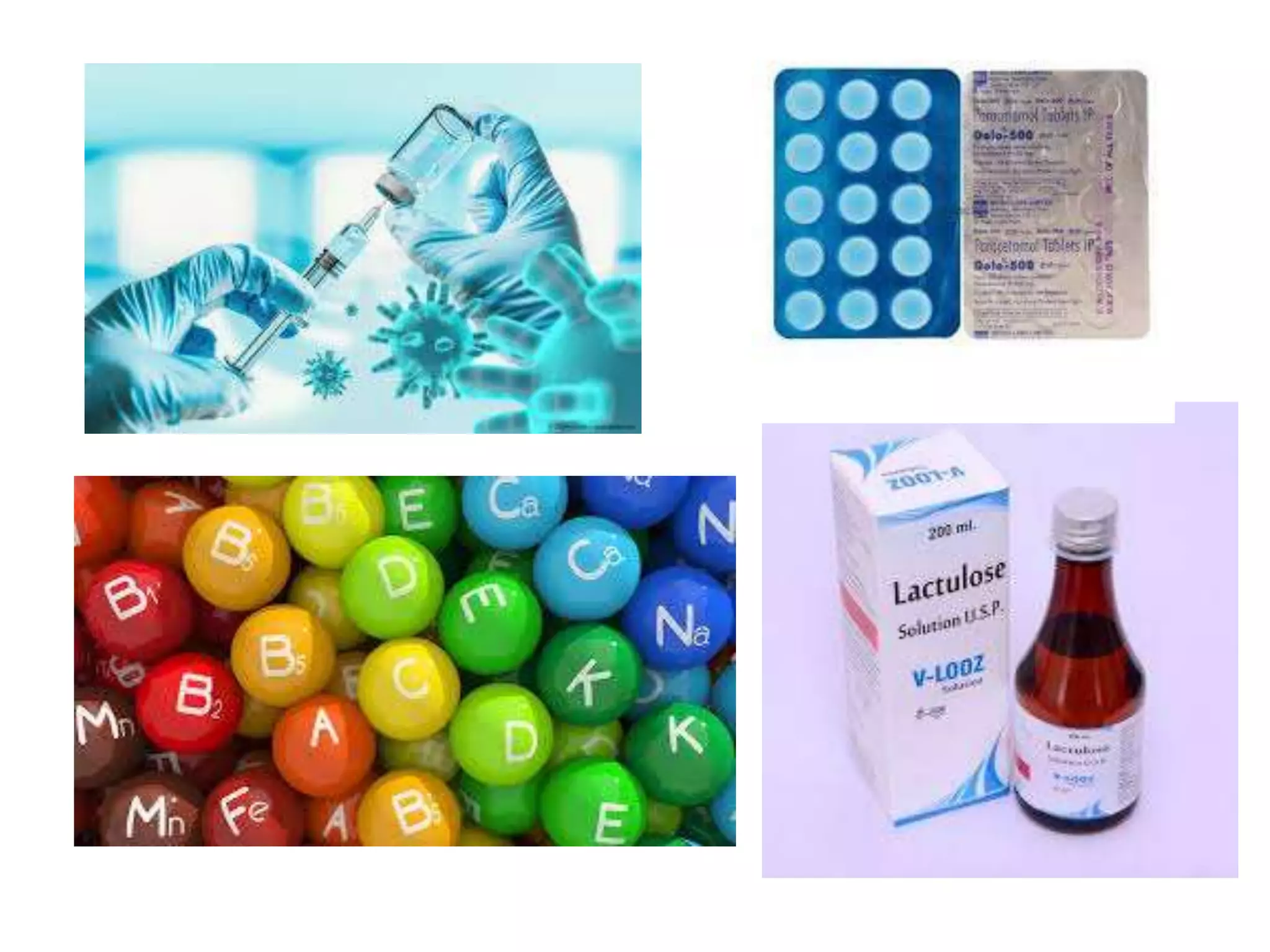The document discusses essential medicines as defined by the WHO. Essential medicines are those that satisfy the priority healthcare needs of a population and are selected based on evidence of efficacy, safety, and cost-effectiveness. The WHO publishes a Model List of Essential Medicines to guide countries in identifying medicines that are most important for their healthcare systems. India has also developed its own National List of Essential Medicines. Essential medicines are intended to always be available in adequate amounts and appropriate forms within functioning health systems at a price individuals and communities can afford.










